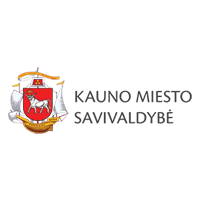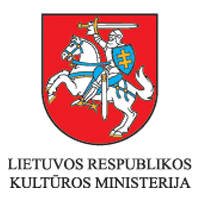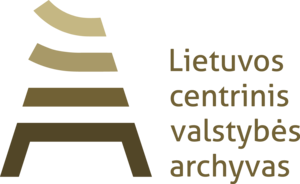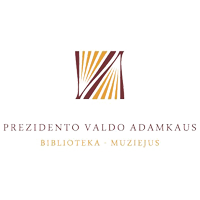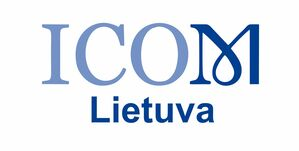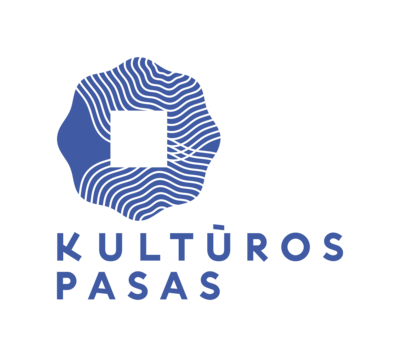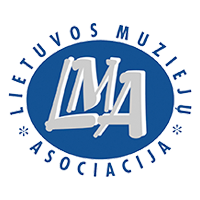The Historical Presidential Palace invites you to one more class of the history of Lithuania which we will be running for half a year. This time, we will take a look at the forms which the inborn commitment of women to take care of others took during the interwar period. In the garden of the museum, the exhibition Not just Bystanders presents pictures telling a story about women who fulfilled their duty of care by working for society and providing help to the most vulnerable groups of the population. They fought for the equal rights of women to vote, work and create.
Why would we care about it today? First of all, life next to a country which is totally unpredictable demanded for greater mobilization of women, joining various organizations, and preparedness to contribute to various social spheres of the State of Lithuania faced the need to protect itself from the enemy. What is more, a glance at the interwar activity of women explicitly demonstrates that the state cannot – and should not – deal with everything, and that proactive people in unity and cooperation can do magic by themselves. Finally, the efforts and achievements of interwar women truly deserved marks of recognition, as well as the rightful space in the history textbooks and our memory. As a matter of fact, how many marks of memory can you – yes, you – see in the public space today?
It was already during the times of the Lithuanian nationalist movement that conscious women were fighting for the freedom of Lithuania and the development of the modern Lithuanian nation. When the independence of Lithuania was regained, women joined in the work of rebuilding the State. Those hard days, when the fragile freedom had to be protected, they provided more than their due contribution. Education, mobilization of women into organizations providing relief, rallies, raising donations, and medicinal care – these efforts eased the burden on the State while men were defending the young Republic with weapons in their hands. When women became citizens with full rights in 1919, they also got involved in the rule of the State. From 1920 to 1926, 11 women were elected members of the Parliament.
During the earliest years of regained Independence, the public activity of women truly flourished. They became more active in the public spaces. Female fellowships rapidly grew in number: the already active ones were gaining new members, while new organizations were springing up as a reflection of the contemporary needs of women and entire society. The focal point of these organizations were the rights of women, cultural activity, women’s education, as well as economic and social welfare of women. The most numerous organization in the interwar years was Lithuanian Catholic Women’s Organization. It had sections not only in major cities but also in provincial settlements. Its activity involved raising funds, taking care of children and mothers, promoting female education and publishing mass media. This organization even stood behind the first National Women’s Songs Festival. During the interwar years, the Lithuanian Women’s Care Society was also created. Not only at the time of military struggle, but also throughout the entire period of Independence they were taking care of orphans and children in need. They were running several shelters for sufferers and craft schools. They also looked for opportunities to assist the gifted children in gaining quality education of a higher level. And these are only a couple of examples presented at this exhibition.
Exhibition of archival photos Not just Bystanders is waiting for visitors in the garden of the Historical Presidential Palace daily from 8:00 a.m. to 9:00 p.m. The exhibition will run until October 31, 2025. Those willing not only to observe the pictures but also hear the fascinating stories of our guides about those women who did truly care and their public activity are invited to book a guided tour.



